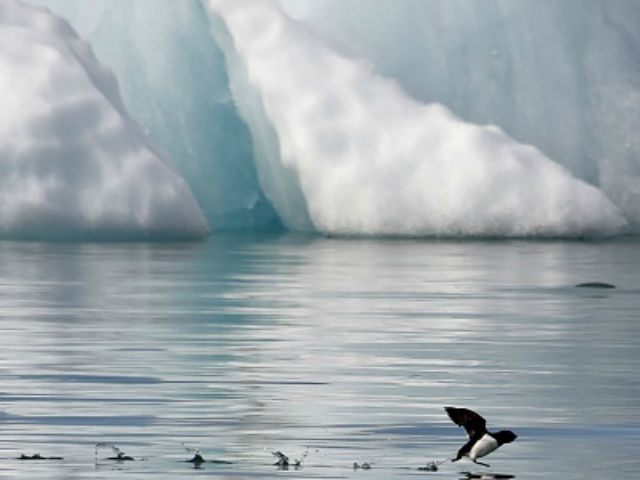Miami (AFP) – As glaciers melt due to climate change, the increasingly hot and parched Earth is absorbing some of that water inland, slowing sea level rise, NASA experts said Thursday.
Satellite measurements over the past decade show for the first time that the Earth’s continents have soaked up and stored an extra 3.2 trillion tons of water in soils, lakes and underground aquifers, the experts said in a study in the journal Science.
This has temporarily slowed the rate of sea level rise by about 20 percent, it said.
“We always assumed that people’s increased reliance on groundwater for irrigation and consumption was resulting in a net transfer of water from the land to the ocean,” said lead author J.T. Reager of NASA’s Jet Propulsion Laboratory.
“What we didn’t realize until now is that over the past decade, changes in the global water cycle more than offset the losses that occurred from groundwater pumping, causing the land to act like a sponge — at least temporarily.”
The global water cycle involves the flow of moisture, from the evaporation over the oceans to the fall of precipitation, to runoff and rivers that lead back into the ocean.
Just how much effect on sea level rise this kind of land storage would have has remained unknown until now because there are no land-based instruments that can measure such changes planet-wide.
The latest data came from a pair of NASA satellites launched in 2002 — known as the Gravity Recovery and Climate Experiment (GRACE).
Researchers learned that the “water gains over land were spread globally, but taken together they equal the volume of Lake Huron, the world’s seventh largest lake,” said a NASA statement.
Researchers said the findings will help scientists better calculate sea level changes in the years ahead.
“These results will lead to a refinement of global sea level budgets, such as those presented in the Intergovernmental Panel on Climate Change (IPCC) reports, which acknowledge the importance of climate-driven changes in hydrology, but have been unable to include any reliable estimate of their contribution to sea level changes,” said senior author Jay Famiglietti, a professor at the University of California, Irvine.
“But we’ll need a much longer data record to fully understand the underlying cause of the patterns and whether they will persist.”

COMMENTS
Please let us know if you're having issues with commenting.